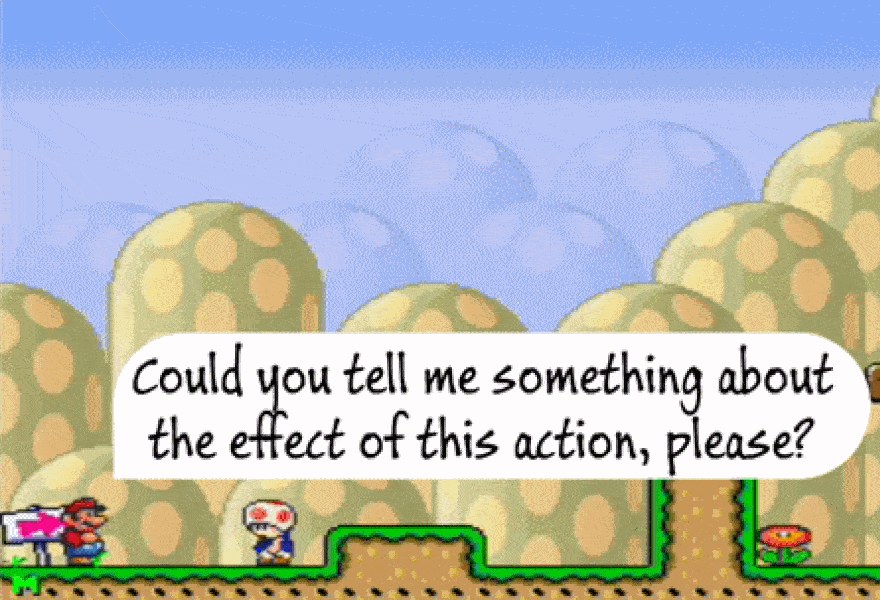Social Mario teaches AI to learn by imitating each other

As videogames are frequently focused on having a single human player interact with dozens or even hundreds of computer-controlled characters at a time, they tend to be particularly fertile ground for development of artificial intelligence. This is why it should come as no surprise that when the Chair of Cognitive Modeling at Germany’s University of Tübingen decided to create new ways for artificial intelligence to grow and interact, they opted to do so through the lens of Nintendo’s Mario series. Dubbed Social Mario, the project’s concept is simple: Rather than reacting to players or following the scripted commands of a programmer, let artificial intelligence learn from each other.
{"@context":"http:\/\/schema.org\/","@id":"https:\/\/killscreen.com\/previously\/articles\/social-mario-teaches-ai-to-learn-by-imitating-each-other\/#arve-youtube-ltpj3rln4nw","type":"VideoObject","embedURL":"https:\/\/www.youtube-nocookie.com\/embed\/ltPj3RlN4Nw?feature=oembed&iv_load_policy=3&modestbranding=1&rel=0&autohide=1&playsinline=0&autoplay=0"}
To test this, the project’s team first created a facsimile of Super Mario World, then populated it with four AI characters—Mario, Luigi, Toad, and Yoshi—each set to achieve certain goals based around pre-set “motivation factors.” For instance, if Mario is programmed to acquire wealth, then his AI will direct him to coins. Additionally, each character has a special trait that the others do not, such as Mario being able to break iron blocks or Yoshi being able to carry other characters. The hope is that as the characters go about achieving their goals, they will learn about their world and their abilities simply by observing each other. A human user is also able to command the characters and ask them questions through voice control, which helps the project’s team monitor what each AI knows at any given moment.

This is demonstrated in a particular scene where Mario and Toad are gathered under a row of iron blocks. A human user asks Toad what he knows about iron blocks, to which he responds that he doesn’t know anything about them. Then the user asks Mario to jump, at which point Mario breaks the iron block above him. Upon being asked about iron blocks again, Toad says that he knows that Mario can probably break iron blocks by jumping. Then the team member asks Toad to jump, but the iron block above him does not break. Again, Toad is asked what he knows about iron blocks, at which point he says that if he jumps, nothing happens. He has learned that Mario can break iron blocks and that he cannot. Importantly, he didn’t learn by being told the answer, but rather by organically observing another AI.
building systems that are capable of learning on their own
It’s a simple experiment, but it serves as a proof of concept for building systems that are capable of learning on their own. By having multiple AI characters interact with each other, they can together grow more aware. In addition to the user-controlled and “motivation factor ” modes outlined above, Social Mario also features modes where characters must work together to achieve a goal, such as protecting Princess Peach, entirely without user aid. As they work to achieve this goal, they will observe each other and learn in the same way that Toad learned about iron blocks from watching Mario.

“Social agent [a term for a character operating under artificial intelligence] interactions and social communication with artificial agents is only at its beginning,” explains team member Fabian Schrodt. However, the team believes that they can use this technology to make advances in not only games, but also in everyday technology like smartphone assistants, or eventually, self-driving cars. As Schrodt shares, “We believe that the implemented techniques can be adapted to other games and even other applications where intelligent agents may help to make our complicated lives a little easier.”
You can learn more about Social Mario over on the project’s website.



